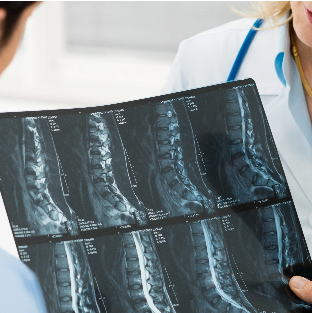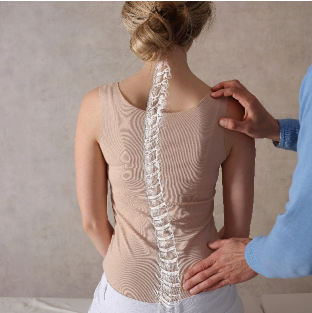


Typically, lumbar conditions occur in the lower back, in the area of the spine that begins below the ribcage. Most often these conditions are caused by straining the back and not fully supporting the back’s alignment when lifting or moving something heavy. Because the lumbar area of the back supports the weight of the upper body, and is involved in twisting and bending, it is easy to have injuries resulting from moving in an irresponsible way with the spine. The most common lumbar conditions are caused by sprains, strains, herniated or bulging discs, or a fractured vertebrae. Some general symptoms of lumbar conditions are back or leg pain, numbness and/or tingling, muscle weakness, or bladder/bowel control changes.
Having low back pain can be a symptom of any number of conditions and knowing how to identify which type of pain you’re having, is the first step in gaining an accurate diagnosis. Low back pain may range from a dull to sudden sharp pain, but if it persists for a few days, as opposed to continuing for more than 3 months, then it is acute pain. If pain persists for more than 3 months, then it is considered to be chronic pain. Although most low back pain will resolve without any treatment, pain that continues for more than 3 days should be evaluated by a medical professional.
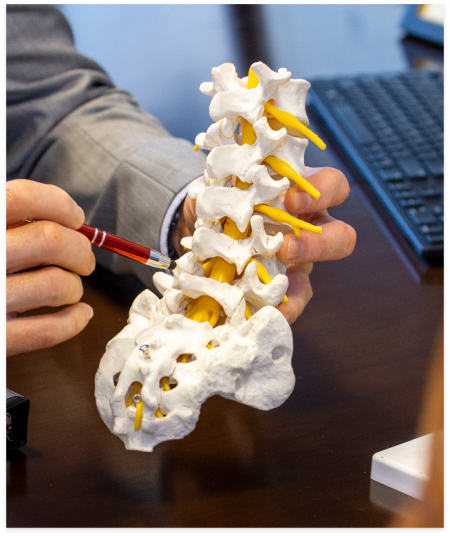
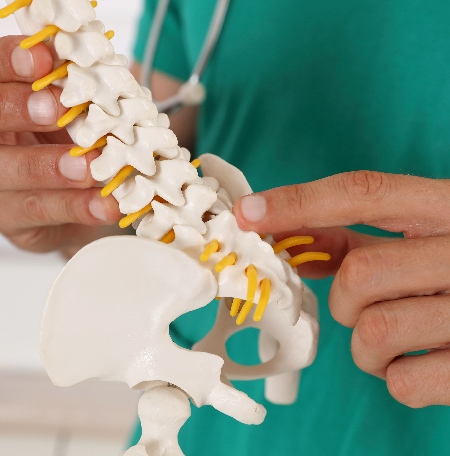
Rest, ice packs, braces and medication may all assist in alleviating back pain. Doctor-guided strengthening and stretching exercises, physical therapy and anti-inflammatory drugs may also prove helpful as a non-surgical approach. A doctor will need to complete a physical exam as well as some additional testing in order to diagnose whether low back pain is a symptom of a more serious condition, or just a low back strain.
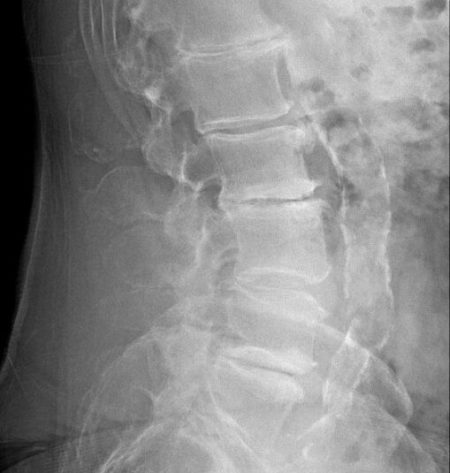
Lumbar stenosis is the narrowing of the spaces in the lower spine. This narrowing puts too much pressure on the nerve structures. When too much pressure is put on these nerves, basic movement causes pain and numbness in the lower back and legs, because the space is being compressed in a way that is unnatural.
Although lumbar stenosis may only be diagnosed with imaging, the condition is known to present itself in patients as “sciatica” – or a sort of pain or weakness that worsens when walking – and may improve by sitting down or leaning forward. Lumbar stenosis may be conservatively treated with pain medications, physical therapy, steroid injections or acupuncture. However, if a patient’s case is a severe or chronic issue, several non-invasive surgical options may be available as well, including a laminectomy (removing bone, bone spurs or ligaments compressing nerves) or a spinal fusion (permanently bonding multiple vertebrae together).
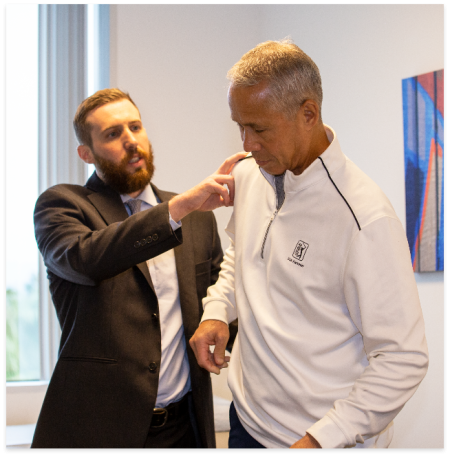
A patient may suffer from a lumbar herniated disc if the rubbery disc between their spinal bones has pushed through a crack in the harder exterior casing of the disc. This condition causes pain that radiates out from the back to the buttocks and the legs. This condition can also cause numbness and/or weakness in the legs and/or feet and, though rare, a loss of bowel or bladder control.

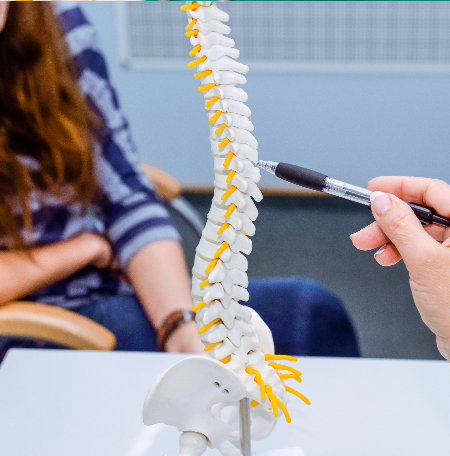
Performing a physical exam and some diagnostic testing will inform your doctor on your condition. Some non-surgical options available to treat this condition include: pain medications, adequate rest, physical therapy, epidural injections and avoiding strenuous activity (if the pain is severe). If surgery is recommended by your doctor to treat a lumbar herniated disc, a procedure known as a lumbar microdiscectomy (the removal of a herniated part of the disc putting pressure on the spinal nerve) may be recommended. Only a small portion of the herniated disc that pinches the nerve roots is removed in this technique.
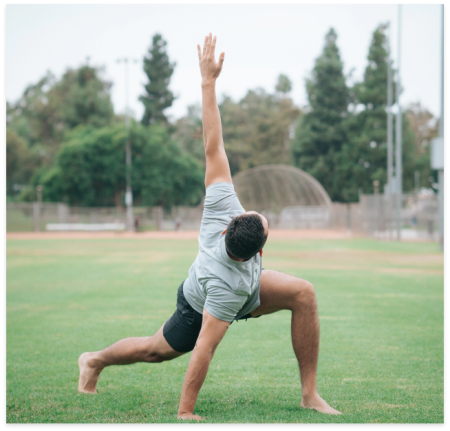
Lumbar radiculopathy is a condition where pressure on a nerve causes tension and pain. This pain may feel like it radiates down the lower back and into either or both legs. However, generally, lumbar radiculopathy typically affects one side of the body. The cause of this pain is likely due to a herniated disc or bone spur pressing on a nerve.. This condition is very common and can be treated conservatively with medication and physical therapy.
A detailed physical examination and imaging are necessary in order for your doctor to identify the location and source of the pain in the spine with this condition. For many patients, rest, anti-inflammatory medications, spinal manipulation, spinal injections, physical therapy, and/or specific home exercises alleviate the pain caused by lumbar radiculopathy.

Lumbar degenerative discs cause low back pain and occur with age. This condition can be painful, as the normal shock absorbing discs between bones have begun to wear away. This condition can worsen with age and certain medical conditions. A radiating pain (and/or tingling) may start in the lower back and travel into the legs and buttocks – this often occurs with movement, and sometimes can lead to difficulty walking.

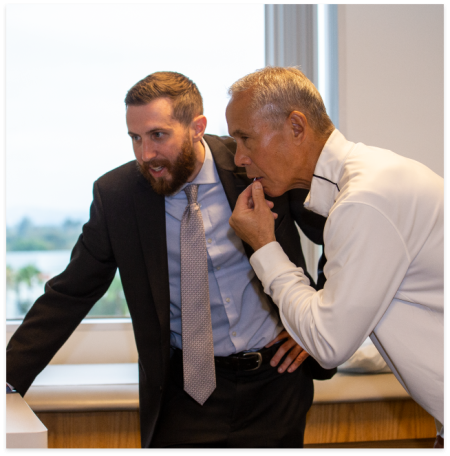
In order to diagnose this condition your doctor may perform a neurological and physical examination including reflex, strength and sensory tests, and may order imaging studies. Anti-inflammatories, pain medications, muscle relaxants, physical therapy, spinal injections, certain types of braces, and acupuncture are all helpful treatment modalities that allow for a conservative approach to treating lumbar degenerative disc disease. In the case of spinal instability, neurological dysfunction, or persistent symptoms however, a surgery may be the best way to treat this condition.
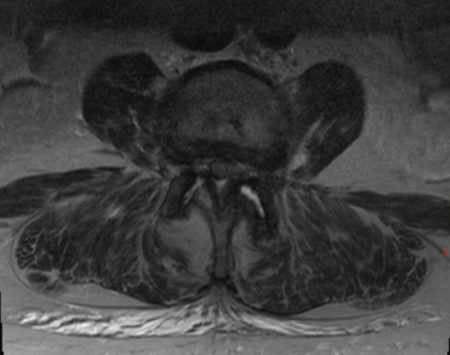
Lumbar facet joint arthropathy is caused by a disruption in the facet joints that connect the vertebrae to the spine and the cartilage that aligns them. When this occurs, the area may become inflamed. This inflammation causes lower back pain. This condition is also known as lumbar facet arthropathy, facet joint arthritis, or facet joint syndrome.
Your physician may perform an imaging study or order an injection in order to diagnose this condition. Although NSAIDs, physiotherapy, radiofrequency ablation (using radiofrequency waves to target and prevent a nerve from sending pain signals to the brain), or anesthetic injections may prove helpful in treating lumbar facet joint arthropathy, there is also a minimally invasive surgical procedure available. By surgically bonding affected spinal bones together into one, a spinal fusion aids in mitigating pain by way of preventing damaged facet joints from moving.

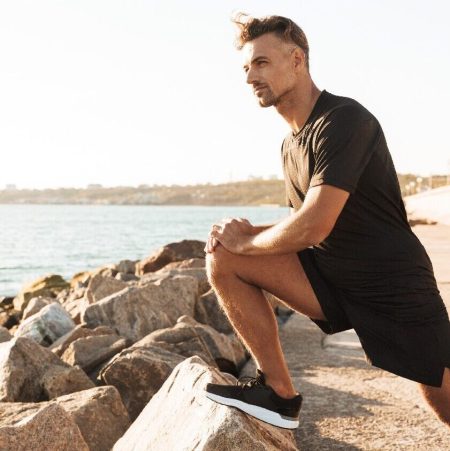
Spondylolisthesis is a condition that occurs when one vertebrae shifts forward, either due to a fracture (spondylolysis) or degenerative changes. The displacement of the bone may cause nerve compression, which in turn causes pain and motor/sensory function changes. These conditions are common in adult patients as well as in gymnasts and other athletes who suffer from overuse injuries.
Medications, bracing, and physical therapy are usually first recommended when treating spondylolisthesis, and can provide systematic relief. Conservative measures however, may not restore proper alignment of the bones. A decompression laminectomy followed by spinal fusion may be recommended as a surgical option. This surgery realigns the spine and provides stability to the spinal structures. Surgery is always followed by a physical therapy rehabilitation process.

